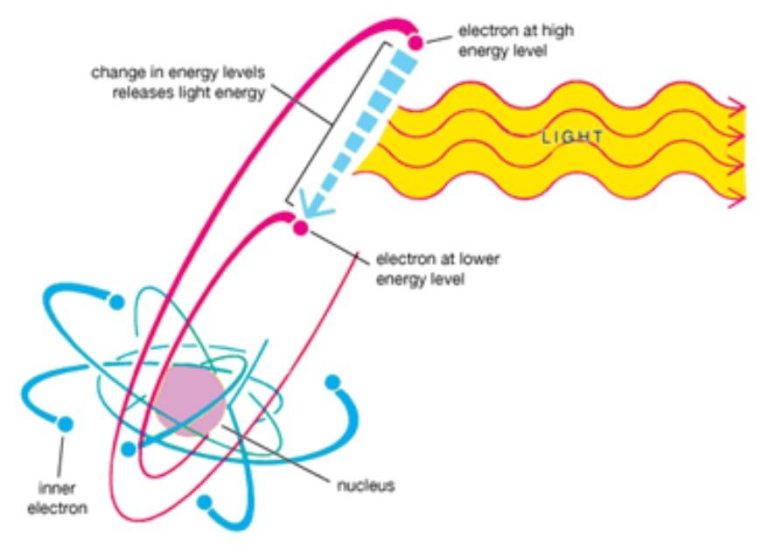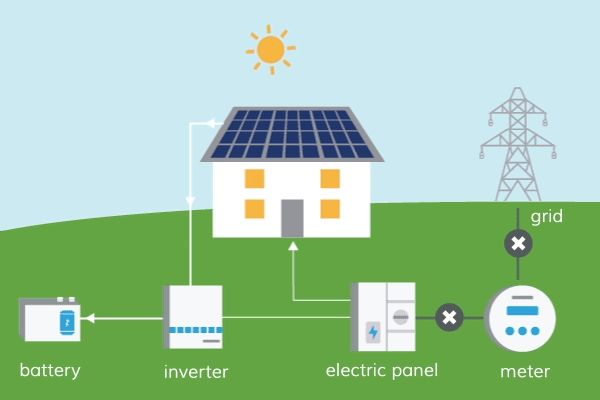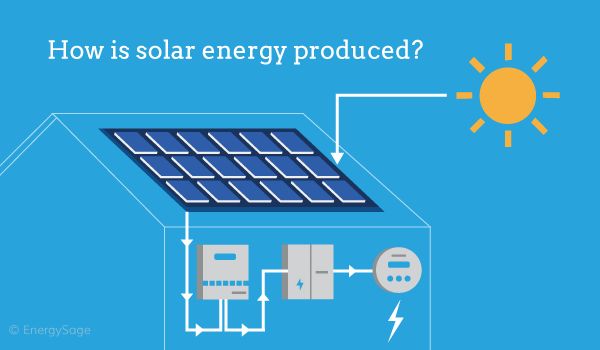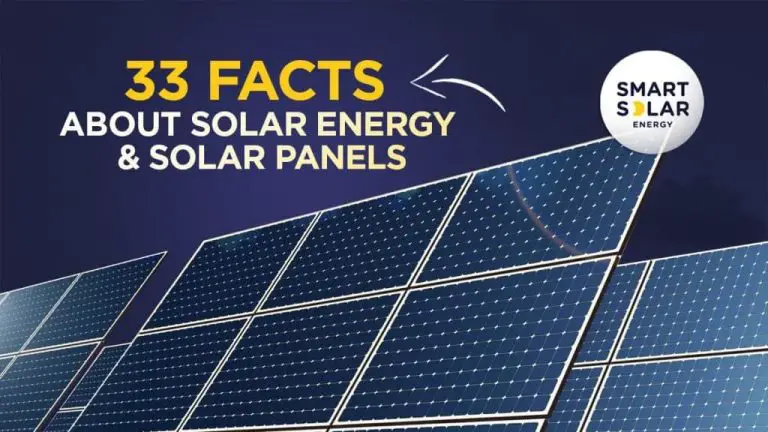Could The World Be Powered By Solar?
With the rising concerns over climate change and the limitations of fossil fuels, there has been growing interest in alternative renewable energy sources like solar power. Solar energy has enormous potential to help meet the world’s energy needs. The amount of solar energy that hits the Earth’s surface in just one hour is more than the entire world’s energy consumption for a whole year (https://www3.uwsp.edu/cnr-ap/KEEP/Documents/Activities/Energy%20Fact%20Sheets/FactsAboutSolarElectricity.pdf). Yet solar currently accounts for only around 3% of global electricity generation. Could solar power realistically meet all of the world’s energy needs in the future? This article will examine the current state and future potential of solar energy.
Current State of Solar Energy
Solar energy usage has grown significantly in recent years. According to the International Energy Agency (IEA), the global solar photovoltaic capacity reached 760 gigawatts (GW) in 2019, an increase of 22% from 2018 [1]. The top countries for total installed solar photovoltaic capacity are China, United States, Japan, Germany and India [2]. In terms of the share of solar energy in the total electricity generation, the top countries are Australia (15.5%), Spain (14.2%), Greece (13.6%), Honduras (12.9%) and Germany (12.5%) [2]. The growth of solar power demonstrates the increasing viability of solar energy as an energy source globally.
Solar energy accounted for approximately 3% of total global electricity generation in 2019 [3]. While solar currently provides a small share of global energy, continued advancements in solar technology and rapidly decreasing costs are expected to enable much higher penetrations of solar energy in the coming decades.
Solar Energy Technology
There are two main technologies used to harness solar energy:
Photovoltaics (PV) directly convert sunlight into electricity using semiconducting materials that exhibit the photovoltaic effect. PV cells are typically made from silicon and arranged into solar panels. When sunlight hits the PV cells, the absorbed energy knocks electrons loose, allowing them to flow freely and produce an electric current. PV systems can be used in small-scale residential or commercial applications, or large-scale solar farms to feed into the electricity grid (1).
Concentrated solar power (CSP) systems use mirrors or lenses to concentrate a large area of sunlight onto a small area to produce heat, which is then used to drive a steam turbine or heat engine. CSP technologies include parabolic troughs, linear Fresnel reflectors, power towers, and parabolic dishes. CSP is better suited for utility-scale generation compared to PV (2).
Other solar technologies like solar water heating, solar cookers, and solar thermal collectors are used to harness heat energy from the sun rather than convert it into electricity.
Benefits of Solar Energy
Solar energy has several important benefits that make it a promising renewable energy source. First, solar energy is clean and renewable. Solar panels produce electricity without any air or water pollution (source). Solar energy production creates no greenhouse gas emissions during operation, helping reduce reliance on fossil fuels like coal and natural gas that contribute to climate change (source). The fuel for solar energy – sunlight – will be available for billions of years, making solar a truly renewable resource.
Limitations of Solar Energy
While solar energy has many benefits, it also comes with some limitations that need to be considered. Three main limitations of solar energy are intermittency, storage challenges, and high upfront costs.
First, solar energy suffers from intermittency issues. Solar panels can only generate electricity when the sun is shining. At night and on cloudy days, solar panel output can decrease substantially or stop completely. This can make solar an unreliable energy source unless paired with energy storage solutions (Constellation).
Second, energy storage for solar remains expensive. Currently, the most common and cost-effective way to store solar energy is in batteries. However, battery storage can add significant costs to a solar system. Other storage methods like pumped hydro also require geographic features that limit widespread deployment (Greenmatch).
Finally, while ongoing costs of solar energy are low, the initial investment is high. Purchasing and installing solar panels, inverters, and other system components can cost tens of thousands of dollars depending on the size of the system. The high upfront investment means adopting solar may be cost prohibitive for some users, like low-income households (Energy5).
Solar Energy Storage Solutions
Solar energy is an intermittent resource, meaning it is not available on demand or at a constant rate. The sun is only shining during daylight hours and its intensity varies due to weather and seasons. To make solar power dispatchable like conventional power plants, there is a need for energy storage solutions.
The most common way to store solar energy is in batteries. Lithium-ion batteries in particular are well-suited for storing solar energy generated from photovoltaic panels. They have high energy density and efficiency. Companies like Tesla offer large-scale lithium-ion batteries that can store megawatt-hours of electricity for homes, businesses, and utilities.
Another storage method is thermal energy storage. This involves heating or cooling a storage medium like molten salt or water when solar production exceeds demand. The thermal energy can then be used to generate electricity when needed, even after sunset. Thermal storage is often used with concentrating solar power plants.
With advances in storage technology, solar energy can increasingly provide reliable, on-demand power like conventional sources.
Potential for Solar to Power the World
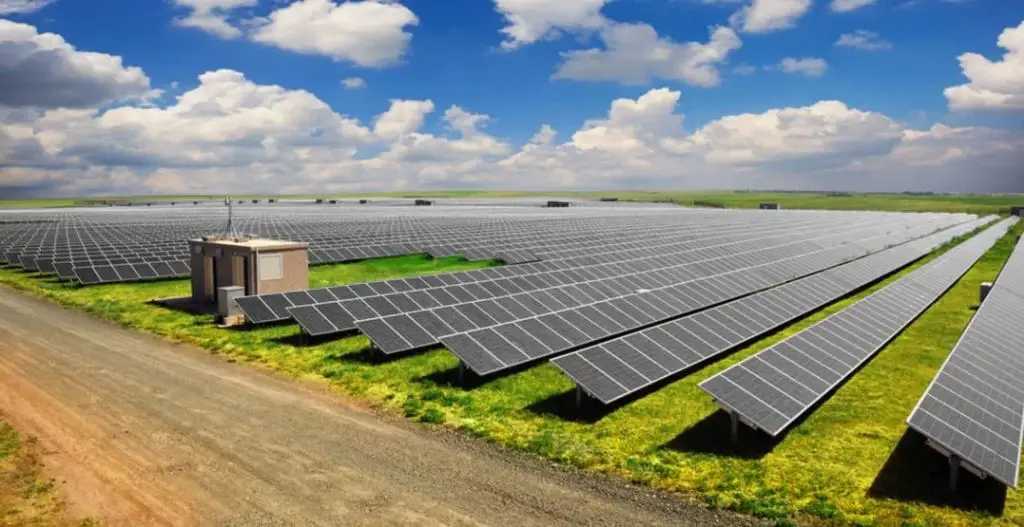
Studies have found that solar energy has significant potential to meet a substantial portion of the world’s energy demand. According to the World Bank’s Global Photovoltaic Power Potential by Country, the total global potential for solar PV energy is over 23,000 Terawatt hours per year. This is far more than the current global electricity consumption of around 22,000 TWh.
Research from Imperial College London analyzed the potential of rooftop solar specifically, finding that rooftop solar alone could meet around 39% of global energy demand. They found the greatest potential in Asia, North America, and Europe (Imperial College London, 2022). With improvements in solar technology and storage, solar’s potential share of global energy supply could increase substantially.
However, there are still challenges to scale up and integrate such a large amount of solar power capacity into the grid. But studies clearly show solar has the resource potential globally to play a major role in powering the world.
Challenges to Scaling Up Solar
While solar energy holds great potential, expanding it to power the world faces several challenges. Some key challenges include:
High Upfront Costs
According to the World Bank, the high upfront costs of solar projects remain a barrier, especially in developing countries. The installed costs for large-scale solar are around $1,000 per kW. Reducing these costs through technological innovations, economies of scale, and innovative financing models can help expand solar deployment.
Grid Integration
Integrating large amounts of solar onto the electric grid poses technical challenges due to solar’s variability and uncertainty. Upgrades to transmission infrastructure, forecasting, demand response, energy storage, and market design changes can facilitate grid integration. Furthermore, developing smart grids and microgrids can also help manage high solar penetration as per IEA.
Policy and Regulatory Support Needed
According to Energy 5, developing countries often lack adequate policies, regulations, and incentives to support large-scale solar deployment. Implementing stable, long-term policies like feed-in-tariffs, renewable portfolio standards, and preferential financing can help scale up solar markets.
Future Outlook
The future of solar energy looks promising, with emerging technologies and projections showing its potential for continued growth. According to MIT researchers, new solar cell designs and materials could substantially lower costs and improve efficiency in coming decades (https://energy.mit.edu/research/future-solar-energy/). Perovskite solar cells are an emerging technology that may achieve higher efficiencies than current solar panels. Concentrated solar power plants also have room for innovation to lower costs through design improvements. Experts project that with continued advancements, solar power could expand from supplying 2% of global electricity today to providing 20-50% of global electricity by 2050 (https://scienceexchange.caltech.edu/topics/sustainability/solar-energy-definition).
Overall, many experts are optimistic about the future of solar technology and its potential to supply a substantial portion of the world’s energy needs within a few decades. Further innovations and cost reductions could enable mass adoption of solar power across the globe.
Conclusion
With the rapid evolution of solar energy technologies and battery storage capabilities, solar power has tremendous potential to meet the world’s future energy demands in a sustainable way. However, we still face significant challenges in scaling up solar infrastructure and addressing intermittency through storage and grid integration. The feasibility of solar powering the entire world will depend on continued innovation, policy support, and substantial investment. But the promise is there. If we can overcome the hurdles, solar may well become the dominant energy source of the future and provide clean, renewable electricity to people across the globe.



